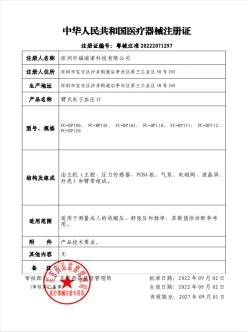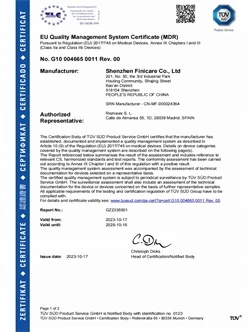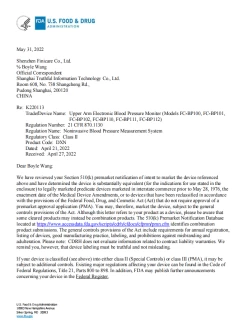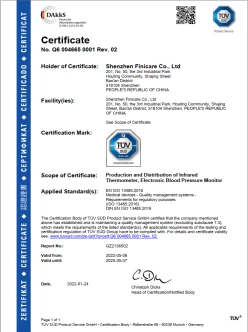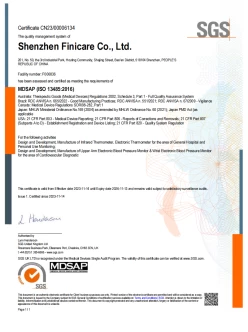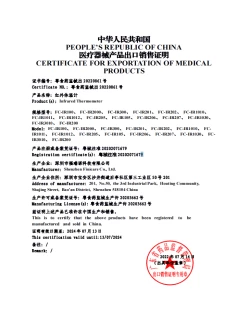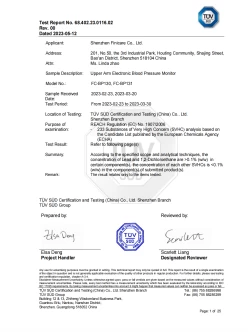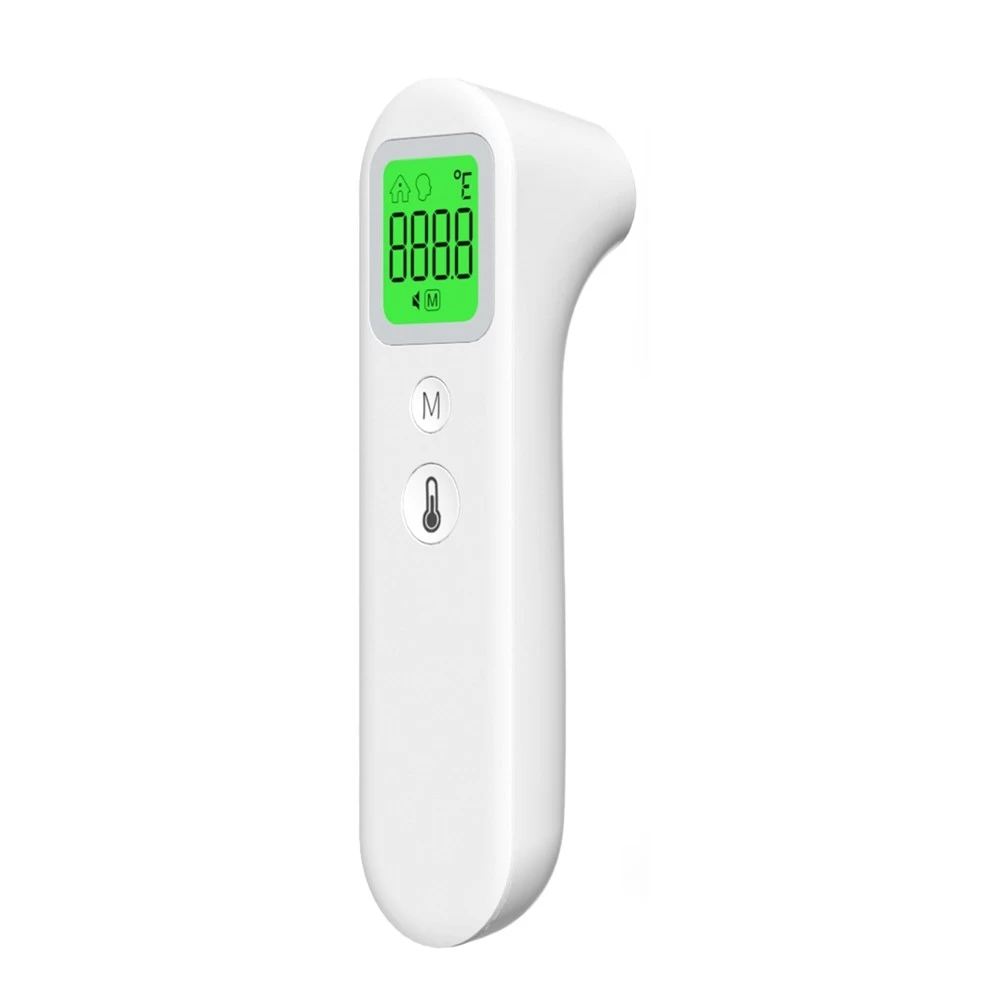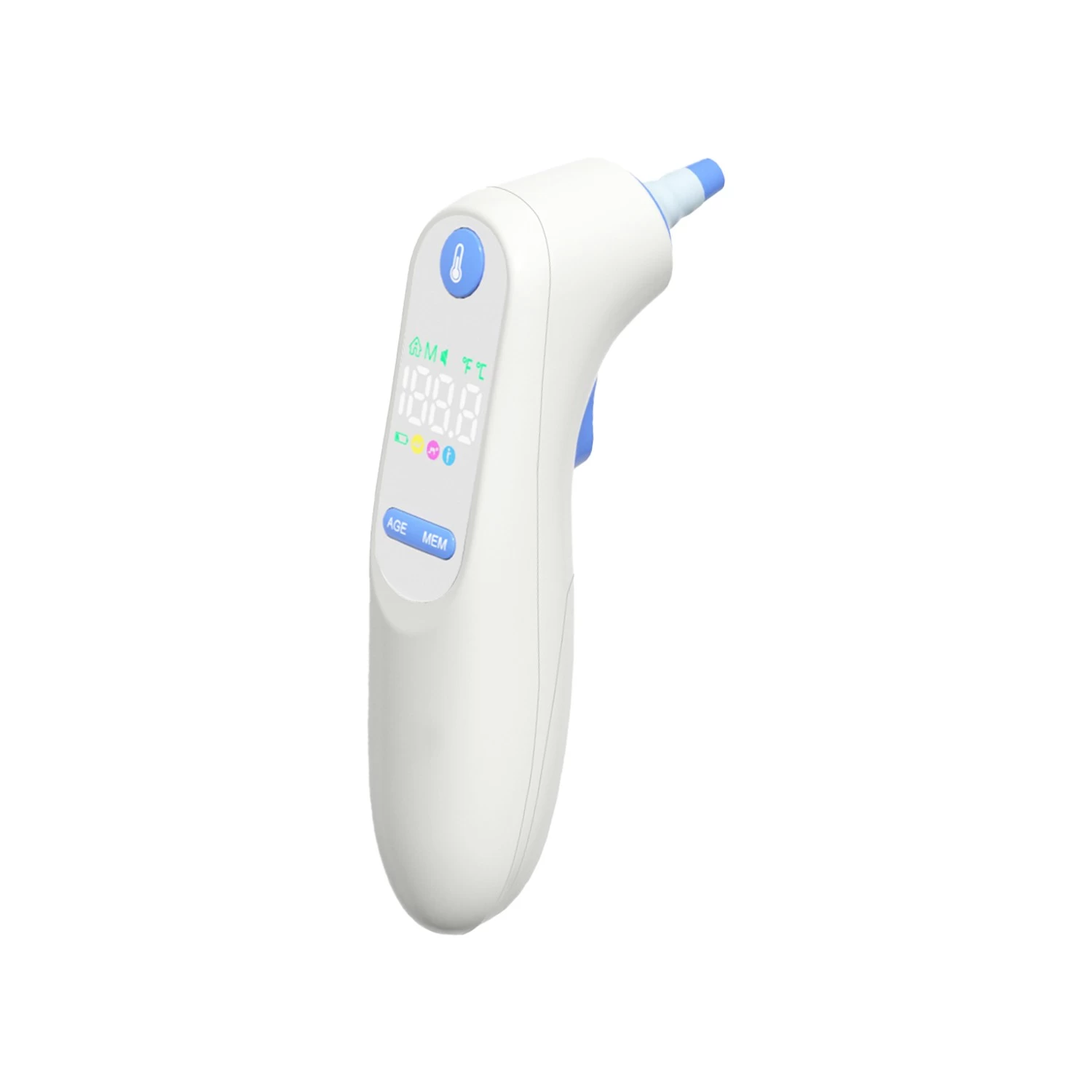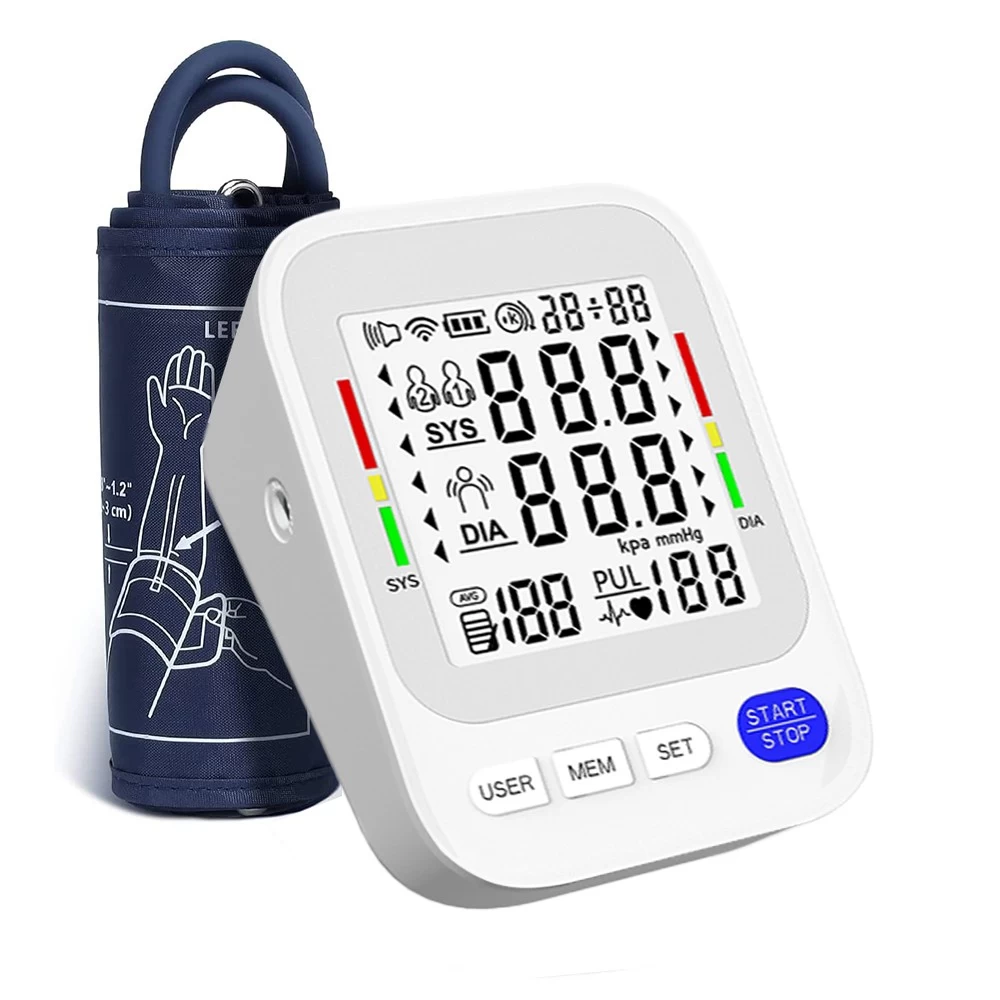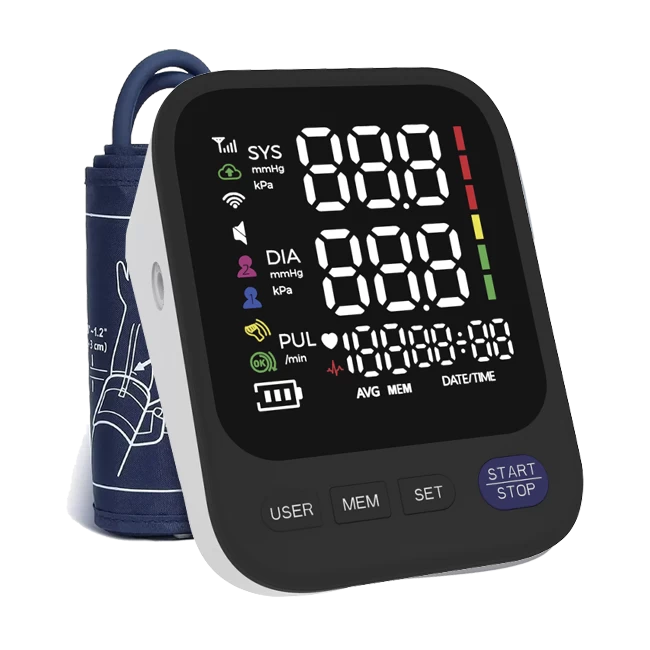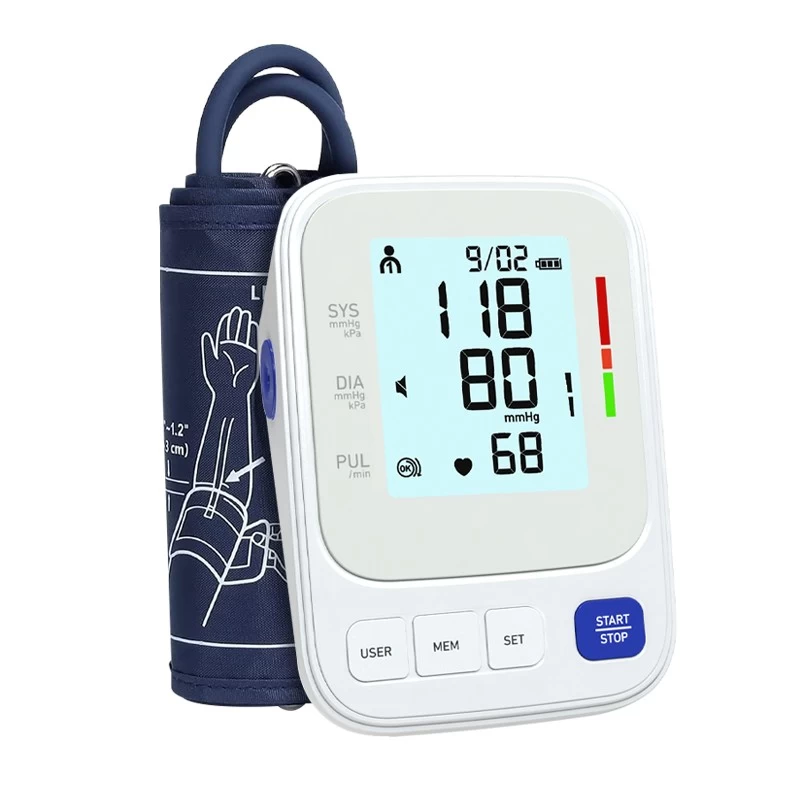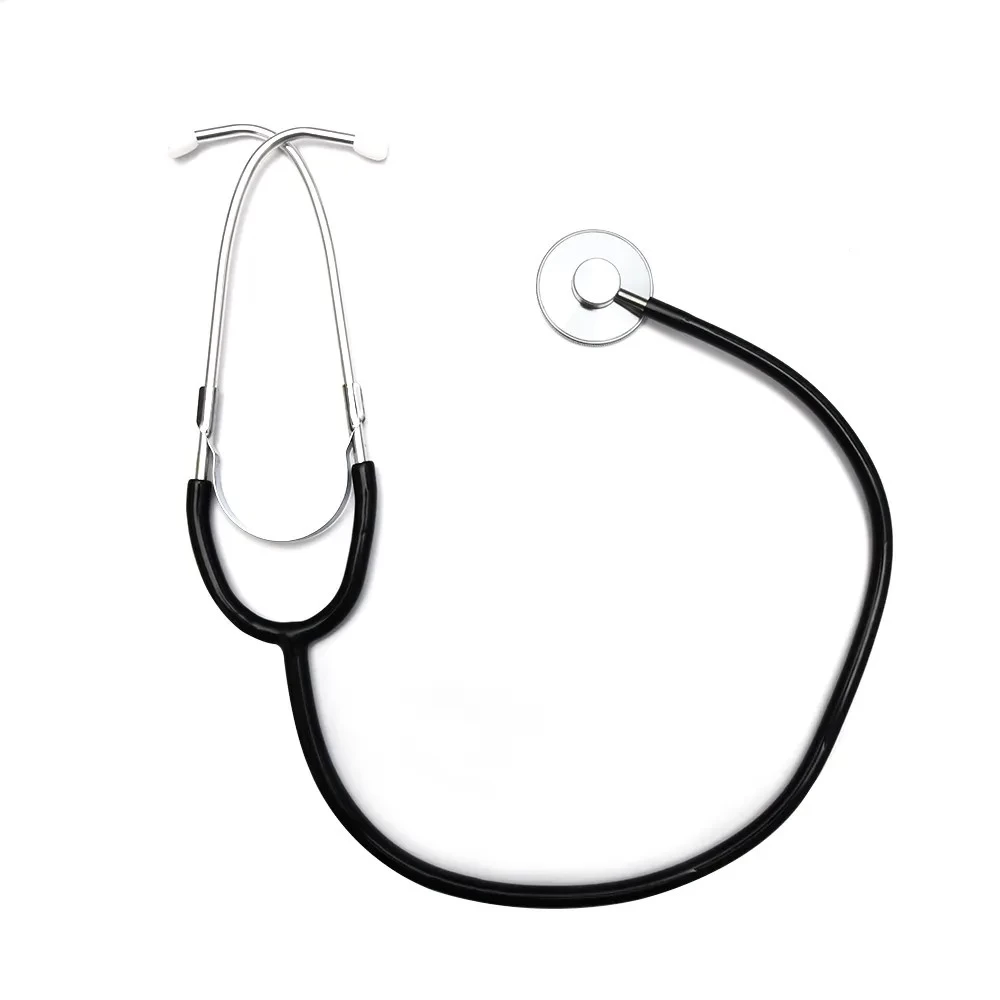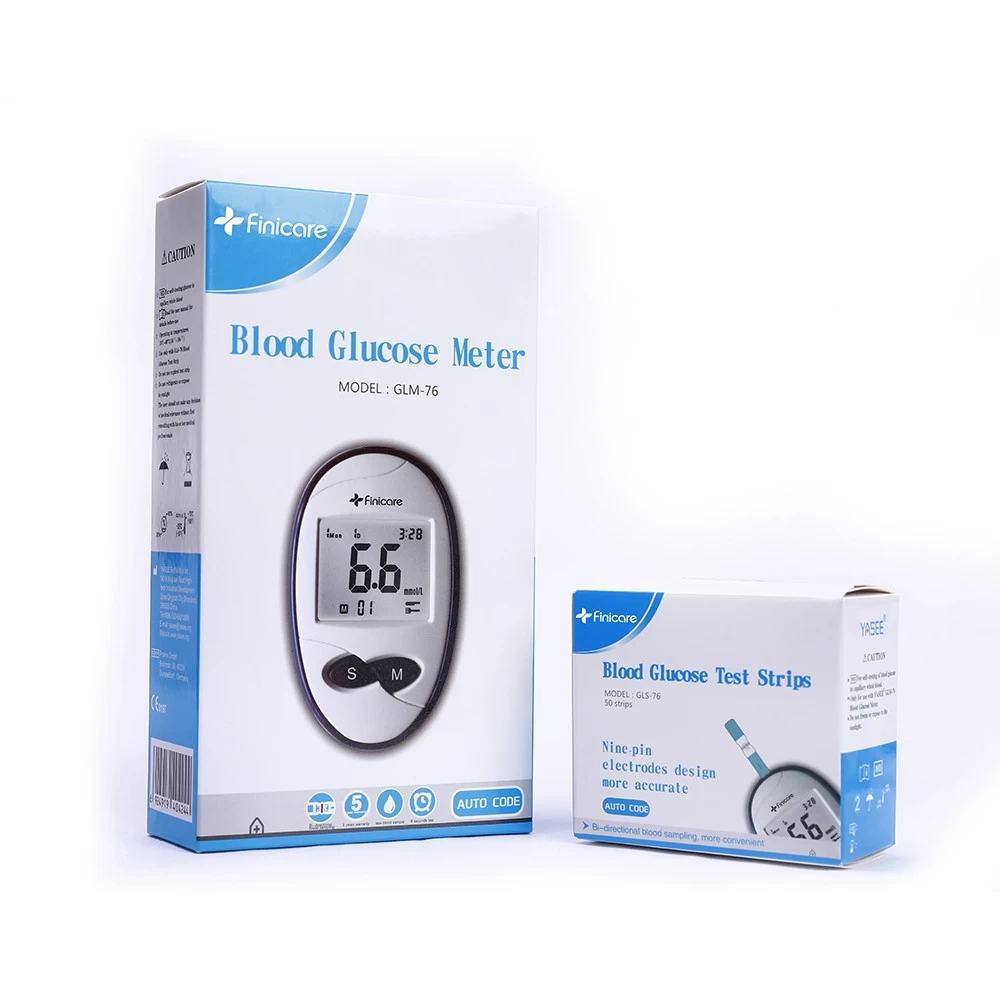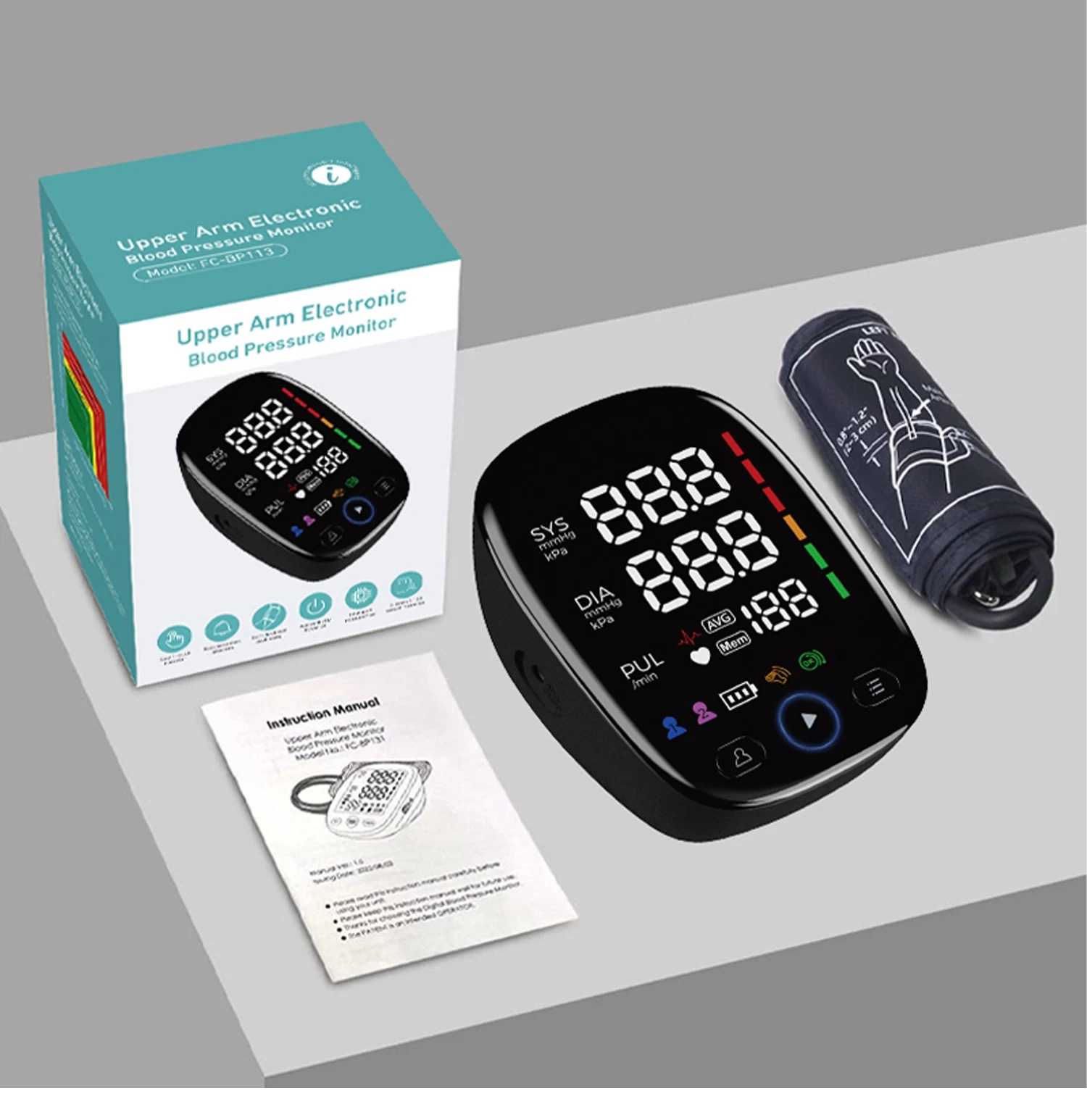What is the most accurate blood pressure monitor?
What Is the Best Home Blood Pressure Monitor?
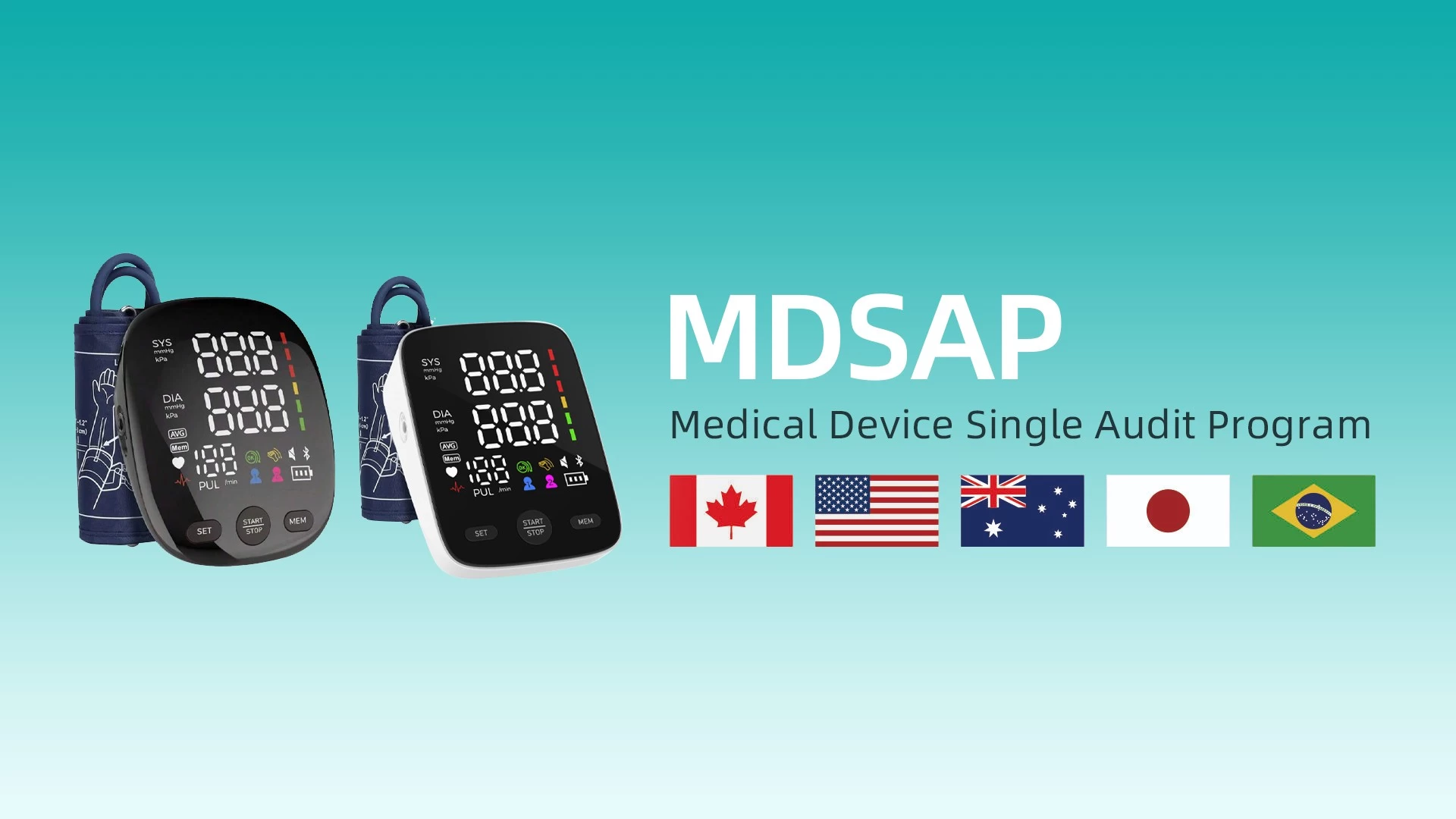
Introduction
Home blood pressure monitors have evolved into indispensable tools for managing hypertension and cardiovascular health. With the global rise in chronic conditions and aging populations, the demand for reliable, user-friendly devices has surged. However, selecting the "best" monitor hinges on aligning technical specifications with user needs—a challenge that requires balancing accuracy, usability, price, and innovation. This article evaluates 10 leading devices, identifies their ideal use cases, and provides a data-driven analysis from a product management perspective.
Key Selection Criteria
From a product manager’s lens, the ideal blood pressure monitor must address six core metrics:
- Accuracy: Clinically validated devices are non-negotiable for trust.
- Ease of Use: Intuitive interfaces reduce errors among elderly or tech-averse users.
- Price: Affordability drives accessibility for chronic users.
- Features: Bluetooth, app integration, and multi-user support enhance long-term value.
- Portability: Compact designs cater to travelers and small households.
- Support: Warranty and customer service impact brand loyalty.
10 Leading Home Blood Pressure Monitors
Below is a breakdown of top devices, their strengths, and target audiences:
1. Omron Platinum (BP5450)
- Pros: Clinical accuracy, Bluetooth sync (Omron Connect app), 200-readings memory.
- Cons: Premium pricing, smartphone dependency.
- Ideal for: Tech-savvy users prioritizing data tracking.
2. Withings BPM Connect
- Pros: Sleek design, automatic Health Mate app sync, color-coded results.
- Cons: High cost, app complexity.
- Ideal for: Aesthetic-focused users in the Withings ecosystem.
3. Beurer BM55
- Pros: Large display, 60-readings storage, clinically validated.
- Cons: Bulky, no Bluetooth.
- Ideal for: Seniors needing simplicity.
4. Omron 10 Series Wireless (BP786N)
- Pros: Dual cuff (arm/wrist), Bluetooth, 200-readings capacity.
- Cons: Large size, high price.
- Ideal for: Multi-user households.
5. iHealth No-Touch (BP7)
- Pros: Infrared sensors, automated operation, hygienic.
- Cons: Costly, arm-size sensitivity.
- Ideal for: Users valuing convenience.
6. A&D Medical UA-767F
- Pros: Affordable, adjustable cuff, 60-readings memory.
- Cons: No app integration, occasional inconsistency.
- Ideal for: Budget-conscious buyers.
7. KardiaMobile 6L ECG Monitor
- Pros: 6-lead ECG + BP tracking, portable.
- Cons: ECG focus may confuse, smartphone-dependent.
- Ideal for: Cardiac patients needing dual monitoring.
8. GreaterGoods BP Monitor
- Pros: Budget-friendly, one-touch operation, wide cuff range.
- Cons: Basic features, limited storage.
- Ideal for: First-time buyers.
9. Finicare Blood Pressure Monitor FC-BP103
- Pros: FDA-approved, cloud storage, sleek design.
- Cons: Very cost-effective, app glitches reported.
- Ideal for: Support customization, Remote health monitoring.
10. Welch Allyn Home 1700
- Pros: Medical-grade accuracy, ergonomic cuff.
- Cons: No Bluetooth, higher cost.
- Ideal for: Clinicians or high-risk patients.
Product Manager’s Deep Dive
Market Segmentation
- Tech-Driven Users (25%): Demand app integration (Withings, Omron).
- Budget-Conscious (40%): Prefer sub-( 50 devices (A&D, GreaterGoods).
- Medical-Grade Users (20%): Prioritize clinical validation (Omron, Welch Allyn).
- Specialized Needs (15%): ECG/BP combos (KardiaMobile).
Competitive Analysis
- Omron: Dominates clinical trust (32% market share).
- Withings: Leads in design and app integration (22% premium segment).
- A&D/GreaterGoods: Capture 45% of budget markets.
User Pain Points
- Accuracy Concerns: 30% of users report inconsistencies in non-validated devices.
- Complexity: 25% of elderly users struggle with Bluetooth pairing.
- Cost: 60% of chronic users prioritize affordability over features.
Future Trends
- AI-Driven Insights: Predictive analytics for hypertension management.
- Telehealth Integration: Real-time data sharing with physicians.
- Sustainability: Recyclable materials and longer device lifespans.
Data Analysis Report
Market Performance (2023)
|
Metric |
Omron |
Withings |
A&D |
Others |
|
Market Share |
32% |
22% |
18% |
28% |
|
User Satisfaction |
4.7/5 |
4.5/5 |
4.2/5 |
3.9/5 |
|
Avg. Price |
$189 |
$129 |
$45 |
$55 |
Feature Adoption Rates
- Bluetooth: 58% of users under 50 utilize app sync.
- Multi-User Support: 40% of households with >2 users require this.
- ECG Integration: 15% growth in cardiac-focused devices.
ROI for Product Teams
- Premium Devices: 28% profit margin but slower adoption.
- Budget Devices: 12% margin but 3x higher sales volume.
Conclusion
The "best" home blood pressure monitor is context-dependent: Omron for clinical precision, Withings for tech integration, and Finicare for affordability. Product managers must prioritize user-centric design, leverage data to anticipate health trends, and balance innovation with accessibility. Future success lies in bridging the gap between medical-grade accuracy and everyday usability while integrating AI and telehealth capabilities.
Data Sources: Industry reports (Grand View Research), user surveys (2023), competitive benchmarking.
Author’s Note: This analysis combines quantitative metrics with qualitative insights to guide product strategy.

